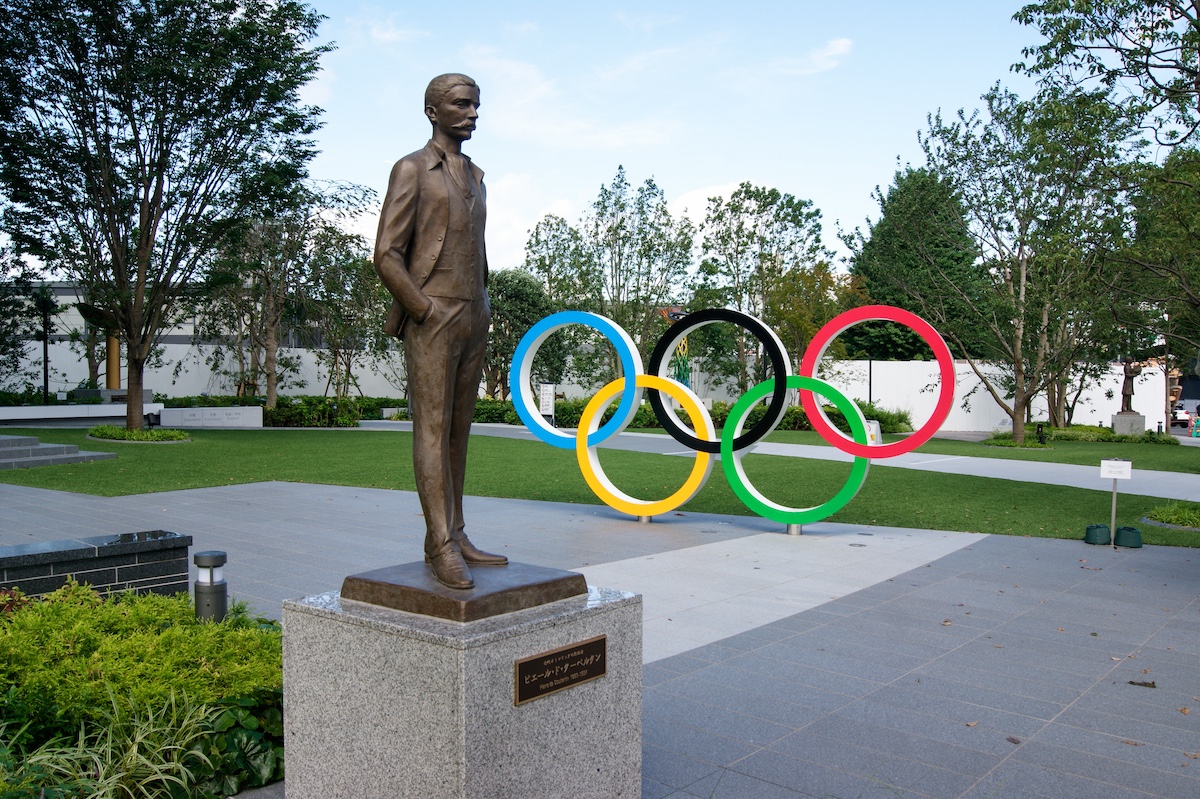It’s been a century since Paris hosted the Olympics, and the enduring legacy of the 1924 Olympics is set to reverberate at this year’s event. Those Summer Games are widely regarded as having rescued and propelled the Olympics into the future.
“The 1924 Paris Olympics hold a special place in history,” said University of Florida sports and communications scholar Roxane Coche, Ph.D. “So many traditions we recognize in the Olympics today were started in those Games.”
With funding from the Académie Nationale Olympique Francaise and the Broadcast Education Association, Coche began researching the impact of the 1924 Olympics in 2021. Her work examines the measures taken by the organizers of the Games and the French government to create an event that reshaped the concept of the spectacle.
“The Paris Games in 1924 were successful in many ways. There was a significant increase in the number of nations and athletes taking part and in worldwide media exposure — including live radio coverage for the first time,” said Coche, who is the chair of the department of media production, management, and technology at UF’s College of Journalism and Communications. “Its influence continues today, as the organizers created a business model driven by new technology, which helped the Olympic movement and media thrive over the past century.”
The business model included establishing exclusive rights from the organizers for the photographing and filming of the Games.
“To this day, that is what funds the Olympics,” Coche said. “Few people know that the 1924 Games were the first to create this kind of exclusivity of image, which didn’t go over very well back then, but it’s been in place for a century now.”

A statue of Pierre de Coubertin near the Japan National Stadium in Tokyo.
The coming of age for the Olympics was led by Pierre de Coubertin, the Parisian former president of the International Olympic Committee who convinced his colleagues to bring the Games back to Paris after it had hosted the 1900 Olympics.
“Pierre de Coubertin is known as the father of modern Olympics because he had the idea to revive the Games in the 19th century,” Coche said. “Thanks to him, the Games came back in 1896, and the 1924 Olympics in Paris were the last that he presided over as president of the International Olympic Committee.”
Coche researched the 1924 Paris Games by combing through the International Olympic Committee archives in Lausanne, Switzerland, as well as the French Olympic Committee's and the French National Library's archives, both in Paris. Her current project involves comparing the opening and closing ceremonies of the Olympics and Paralympics for all Games hosted by the United States and France since 1984, including the upcoming Paris Games.